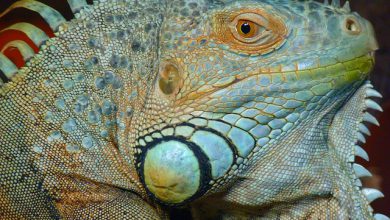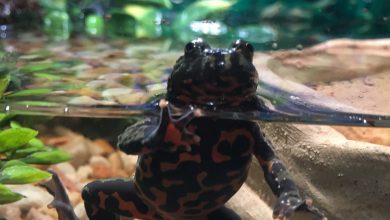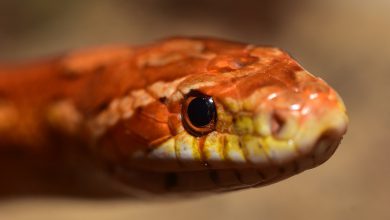Is Obesity Unhealthy for Snakes?

How to tell if your Snake is a Proper Weight by Snake Discovery
So your snake is looking a little chubby. Is that really a problem? After all, it looks kind of cute with those fat rolls, right?
Previously, I covered how to get your snake back to a healthy weight if it has gotten overweight.
Just like with humans, snake bodies exist on a spectrum from underweight to normal weight to overweight to obese. It is known that a severely underweight snake is in a dire health condition, and snakes will die much more quickly from being underweight than overweight.
Given that information, is obesity really that bad for a snake? Letâs find out.
Effects of obesity in snakes
Obese snakes are at higher risk for clogged arteries, liver disease, kidney disease, and heart disease, just like humans with obesity. When snakes are overfed and underexercised for long periods of time, it tends to reduce their lifespan.
Obesity also causes a snake to become less active, which can weaken their muscles over time, as well as continuing to increase their weight because of inactivity.
Overfeeding young snakes to get them to grow faster (power feeding) has also been shown to shorten their lifespans dramatically, sometimes cutting the lifespan in half.
How do you know if your snake is obese?
How to tell if your Snake is a Proper Weight by Snake Discovery
It can be difficult to know whether a snake is overweight just by looking at it because different snake species have different body types. In most snakes, a visible V-shape at the spine is a sign of being underweight, but there are some species in which that appearance is normal.
Likewise, some snakes simply look chubbier than others. That being said, there are a few signs that point to a snake having too much body fat.
Signs of a snake being overweight or obese include:
- Rounded back with the spine not easily visible on the top side of the body
- âCleavageâ on the sides of the spine rather than an evenly rounded spine
- The appearance of âhipsâ on the lower third of the body
- Fat rolls in the bend when a snake bends its body
- Lack of definition between the head and the neck
- Scale spread (skin visible between the scales)
Note that on heavier-bodied species, there may be some normal scale spread when they move the body in certain positions. Also, scale spread occurs normally after a large meal or when a snake is gravid or pregnant. It is when scale spread is apparent at all times that it indicates a weight issue.
Experienced keepers can tell the difference between handling a snake with obesity and a snake with eggs or pregnancy because the snakes that are carrying young or eggs have a firmer feel to the âfatâ areas, and the overweight snakes feel squishy.
How to tell if your Snake is a Proper Weight by Snake Discovery
What if my snake is only a little heavy?
If your snake is overweight but not obese, donât panic. Having a little extra weight is generally not harmful. It means your snake has plenty of nutrients and insulation and wonât be endangered by a missed meal.
You may want to stretch out feedings a few more days and increase time outside the enclosure. You can also add climbing areas and obstacles in the terrarium for enrichment.



